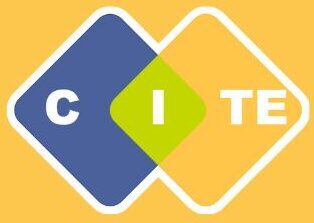Researchers from CITE Central and Michigan state have come together with CUNY Ed faculty research associates and practitioners to understand faculty’s beliefs and values around computing-integrated teacher education, and how their curricular designs leverage digital and computational literacies and operationalize equity to support teacher candidate learning and practice of teacher education content and skills.
If you are a faculty member in the CITE initiative, please use this consent form to participate in the study and learn more here!
Findings will be shared with the broader computing and digital literacies education communities in scholarly and practitioner-focused publications, at conferences, and will be used to inform the CITE initiative moving forward.
Research Questions / Goals
Answering the following research questions will contribute to the broader knowledge base about how faculty conceive of computing-integrated teacher education. Our study will also inform the CITE initiative, specifically by helping implementation teams operationalize computing, equity in design, and designing for content so they can better understand what they are hoping to integrate into teacher education and why
- To describe artifacts: How do faculty members’ designs integrate computing and digital literacies into teacher education?
- How do designs operationalize computing and digital literacies?
- How do designs operationalize equity, if at all?
- How do designs frame the relationships/connections between content areas and computing/digital literacies?
- To understand faculty priorities: What do faculty members prioritize in the design of computing-integrated lessons/activities?
- To understand faculty rationale: What are faculty members’ stated rationale for those priorities?
- To understand faculty beliefs and values: What beliefs and values are indexed in faculty rationales and designs?
- These might include values and beliefs about students, content, learning, computing/digital literacies, equity, teacher education, broader impacts


